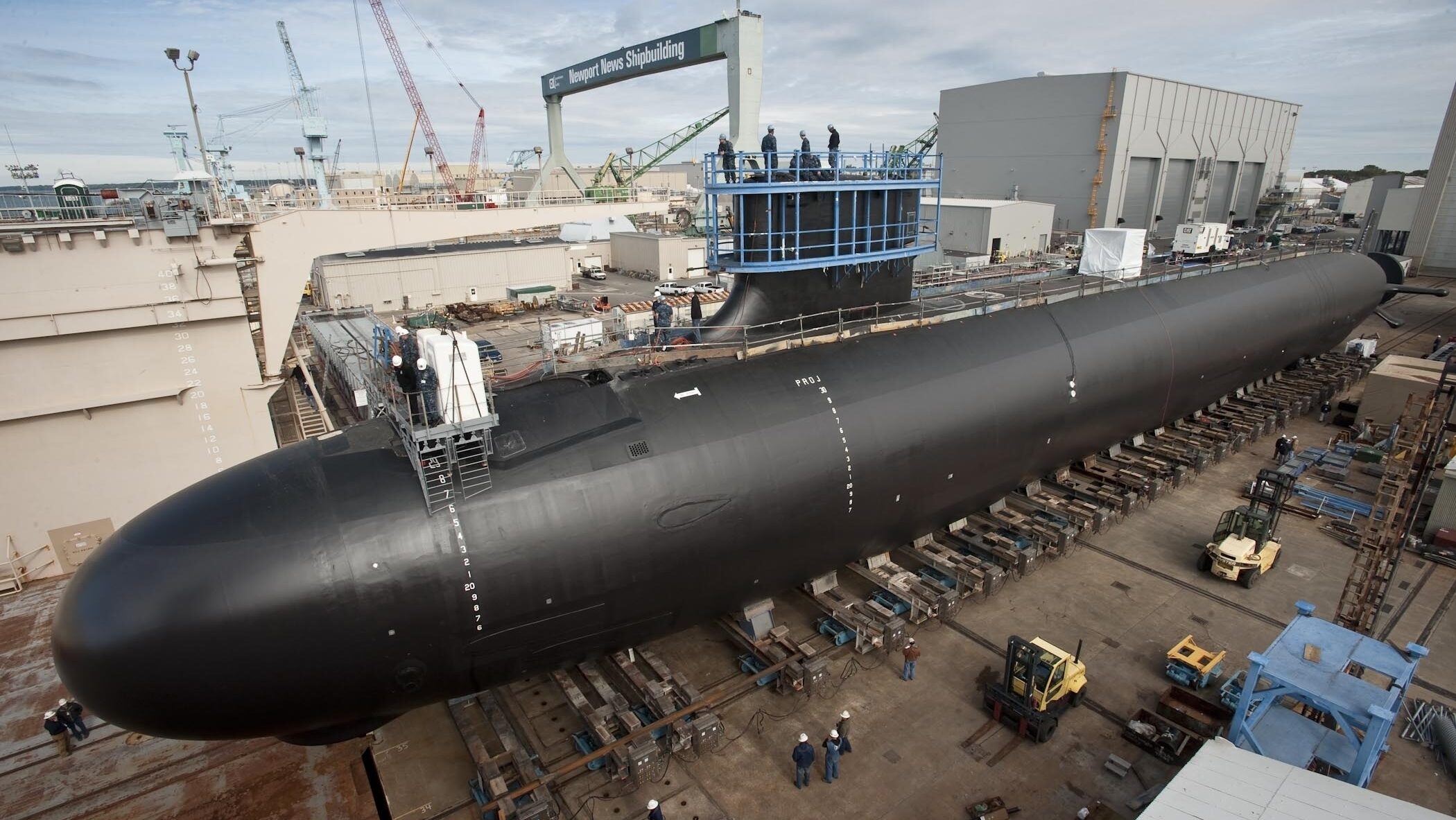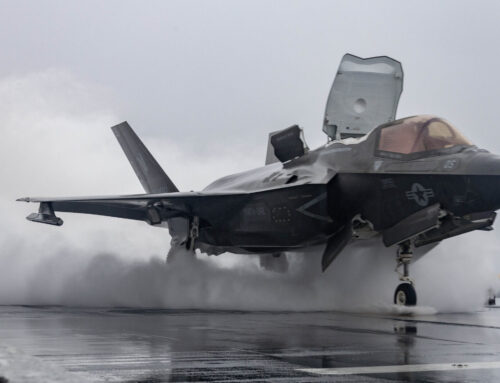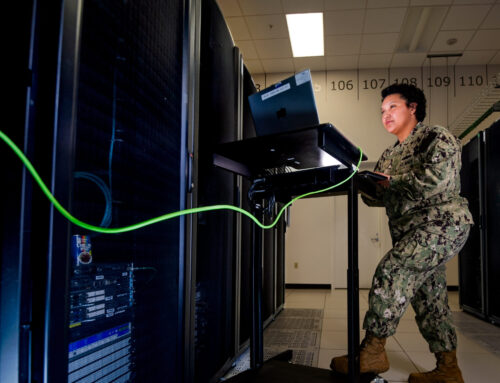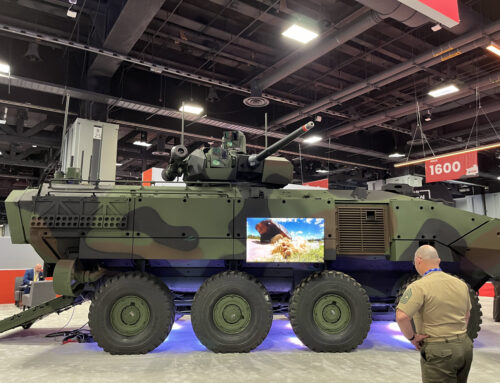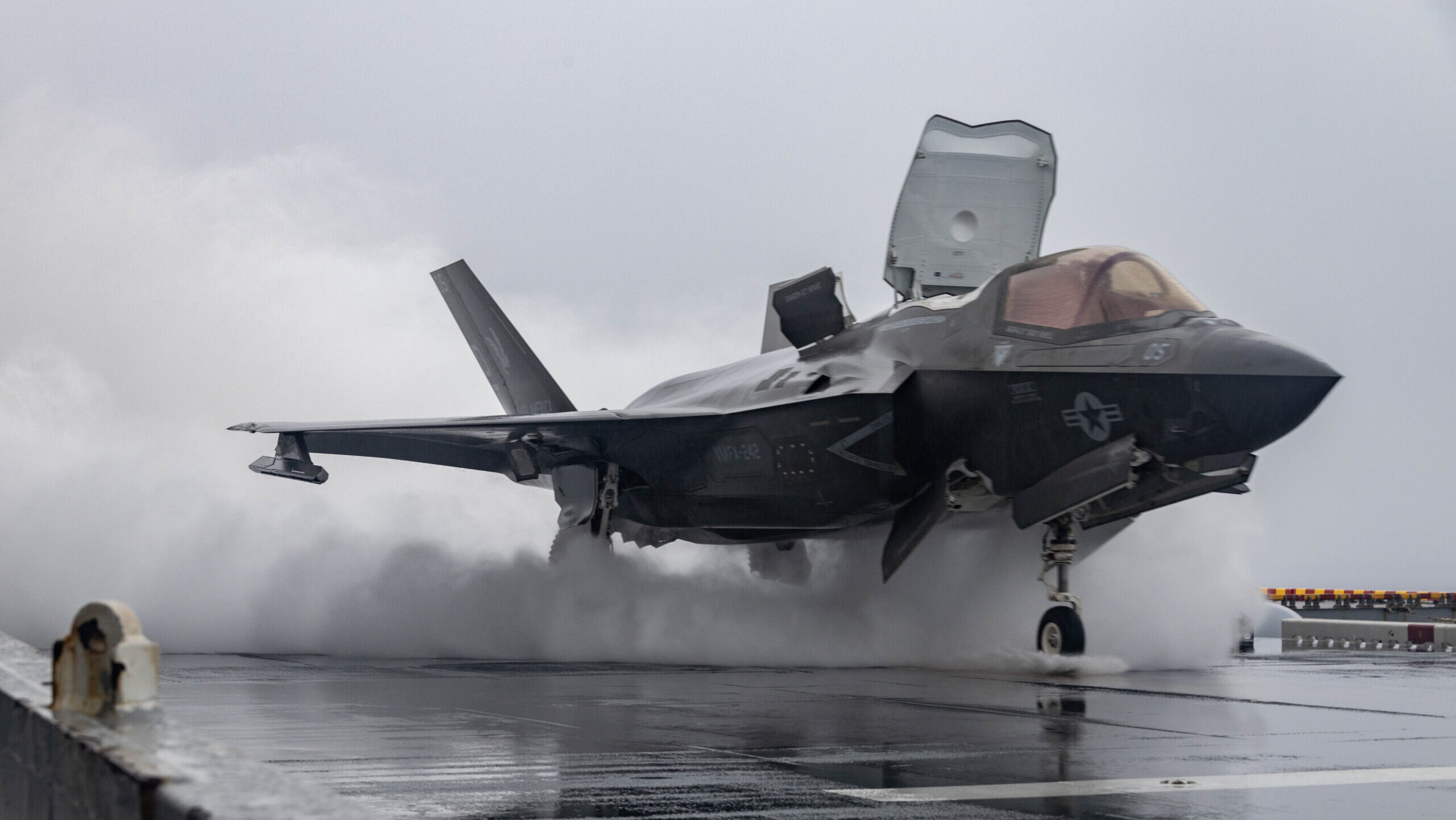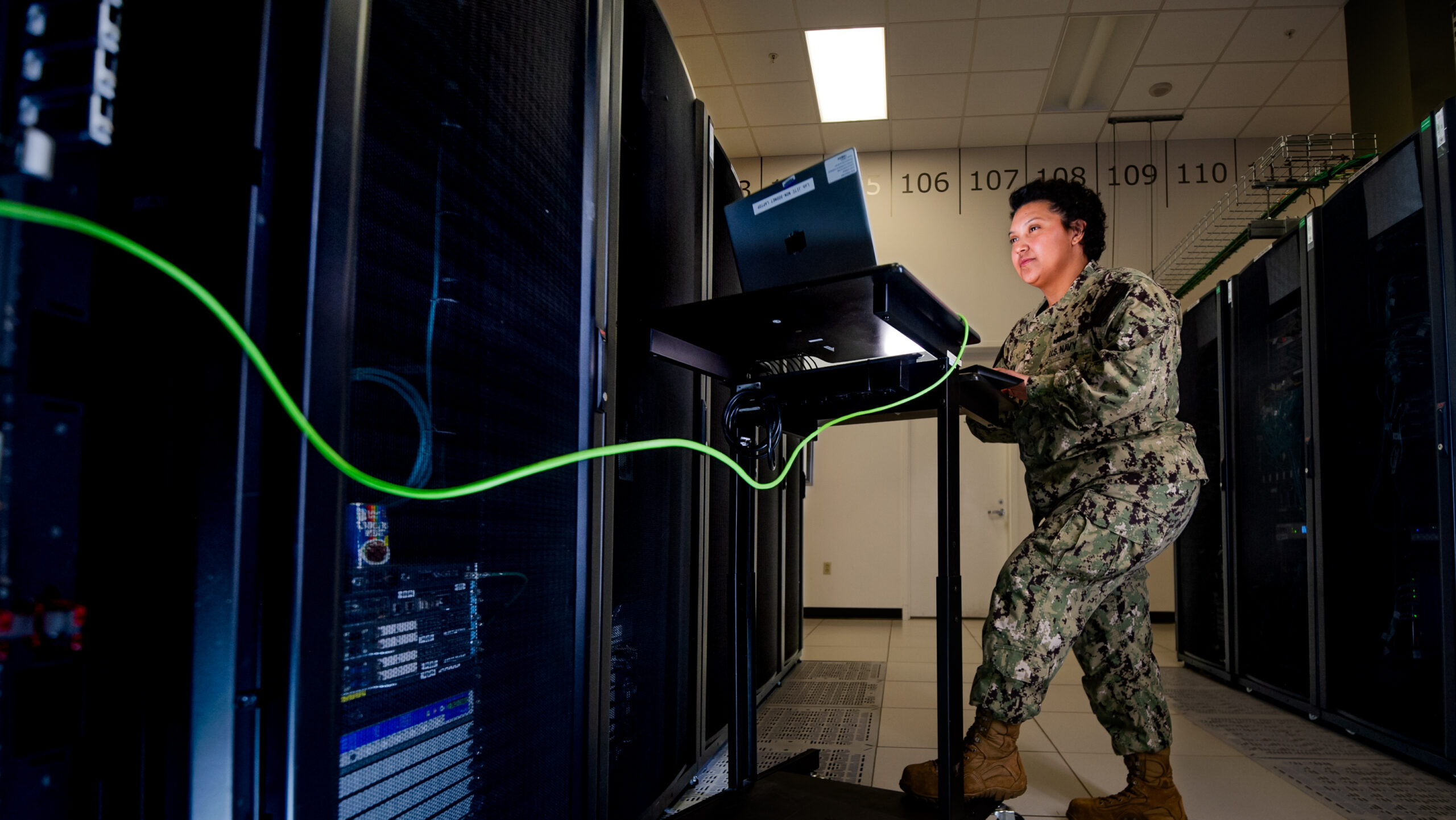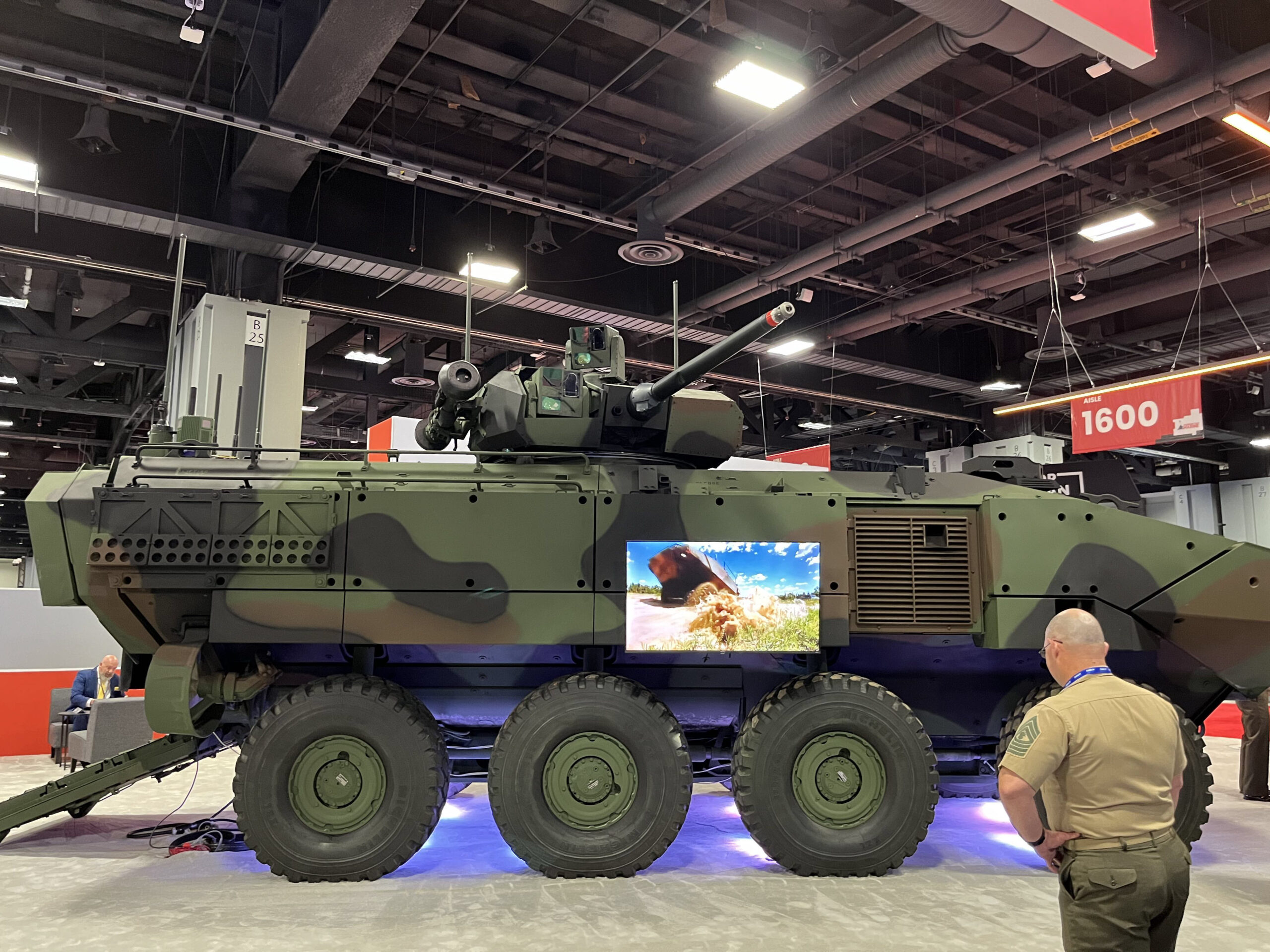The Virginia-class attack submarine Minnesota (SSN 783) is under construction at Huntington Ingalls Newport News Shipbuilding. (U.S. Navy photo courtesy of Newport News Shipbuilding/Released)
WASHINGTON — Supply chain problems, COVID-era contract terms and lagging contract negotiations with the Navy hampered shipbuilding giant HII during the third quarter, forcing the company to lower its financial guidance for the year, the company announced today.
Free cash flow for the year is now expected to top out at $100 million, a drastic reduction from a previous estimate of between $600 million and $700 million. HII also withdrew its five-year cash flow outlook, which spanned from 2024 to 2028. Shares of the company plummeted 23 percent today as the company failed to meet Wall Street expectations.
“The long-term value equation for HII has not changed. There’s unprecedented demand for our products and services,” CEO Chris Kastner told investors during an earnings call. “We remain confident in our mid- to long-term guidance of nine to 10 percent shipbuilding margins, and we firmly believe the actions we are taking will enable us to stabilize performance as we continue to work through these shifts.”
The company’s Newport News Shipbuilding division — which builds aircraft carriers and submarines — took a total $78 million in charges, including $34 million related to design changes for Block IV Virginia-class submarines, with the rest of the impact spread between two Ford-class carriers and the refueling and overhaul of the John C. Stennis (CVN-74), said Chief Financial Officer Tom Stiehle.
Executives broke down the company’s challenges into two buckets. First, it is unclear whether HII will wrap up contract negotiations with the Navy for 17 Virginia-class Block V and Block VI and Columbia-class submarines by the end of the year, which could alter the company’s profitability and cash flow for the year and beyond.
RELATED: Supply chain issues slowing down General Dynamics sub construction, CEO says
Second, HII’s shipyards have underperformed due to late deliveries from its supply chain and a lowered experience level among its own workforce, which has led to greater than expected rework.
“It bears repeating that nearly all of the ships currently under construction were negotiated prior to COVID, and since those contracts were signed, we have seen a significant loss of shipbuilding experience in our yards,” Kastner said in a statement accompanying the results.”Those ship contracts, which we are still operating under at Newport News, did not anticipate in their cost targets and risk limiting clauses the significant disruption of our workforce and supply chain, or extended periods of heightened cost inflation.”
On the ongoing negotiations with the Navy, Kastner said the discussions were a chance to “reset” contract terms to reflect those post-COVID realities.
“We’ve been working very hard with the customer to try to get those 17 ships right. It’s a broad-based sort of contract that we’re working on that really unlocks investment in in labor and infrastructure and technology across the portfolio,” he said. “We thought we were pretty close to getting it done. It’s in review still, and alternatives are being reviewed, and we’re supporting that conversation, but it’s just created some unpredictability.”
RELATED: From Kabul to keel laying, Afghan immigrants find new careers at US shipyards
In a note to investors, J.P. Morgan analyst Seth Seifman said the company’s third quarter results and withdrawal of its cash flow guidance was “a worse outcome than we expected.”
“Shipbuilding, and especially submarine building, is a top national priority that is attracting significant funding,” he wrote. “As parts of industry struggle to keep pace with demand, however, the Navy and Congress may need to take more dramatic action to advance their plans if they are not content to muddle along.”
Among the challenges at Newport News is an investigation into reports that workers had improperly welded noncritical structures on carriers and submarines. An initial assessment found that fewer than two dozen welders did not consistently follow procedures in their weld process, Stiele said, adding that the company continues to work with the Navy on a comprehensive investigation.
HII took an initial charge connected to the welds, which Stiehle characterized as “immaterial,” but the total financial impact will not be known until the investigation is over, he said.
Cash flow for the next couple of years will be “choppy” and heavily dependent on whether the company is able to improve performance as it enters its new contracts, Kastner said, adding that the company is also taking a “hard look” at its expenses.
HII’s supply chain issues echo concerns raised by General Dynamics CEO Phebe Novakovic, who said the company would slow submarine construction because its supply chain could not keep pace with General Dynamics Electric Boat.
“We’re going to control what we control,” Novakovic said last week on a GD earnings call. “We’re going to adjust our pace to align with what we now see is more of a predictable supply chain schedule that is elongated. We’ll take cost out of our business, and we’ll continue to work productivity on the deck plates with an increasingly capable and skilled and experienced workforce.”
While the money flowing to the submarine industrial base is helping HII’s supply chain, it will take time for the company to reap the benefits that come from those capital investments in new facilities, equipment and tooling, Kastner said.
This morning, HII announced that its mission technologies division received a $3 billion contract to provide the Defense Department strategic-level support “to enhance joint force capabilities and accelerate the application of solutions.”


